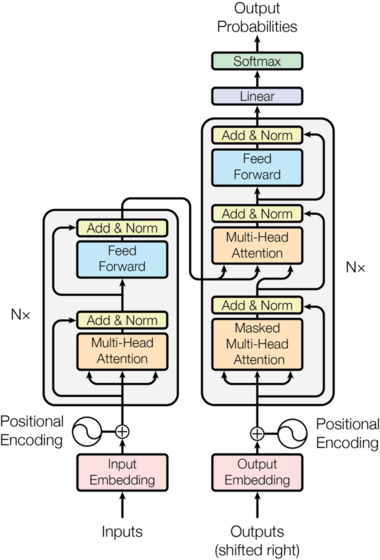The Dawn of a Transformative AI Journey

“Attention Is All You Need” is what I wrote down, shortly after my hike with Ron.
When I was recently introduced to Conversica, an AI company focuses on automating sales tasks to help companies grow, I immediately reached out to the people who I knew about “AI”. Ron is the head of Applied AI at Google in the CTO office, and a dear friend of over 10 years.
He and I walked the Stanford Dish, a usual middle-ground for the two of us. It was on this walk that I became aware of the potential of where AI will go, and what companies applying it properly could accomplish.
The AI landscape is on the cusp of a profound transformation, driven by a series of key developments and innovations that will shape the future of artificial intelligence. All visionaries in AI (and I can imagine there are a few) who are looking ahead from this vantage point, will recognize several pivotal milestones and emerging trends that are beginning to fuel the rapid advancement of what are known as Large Language Models (LLMs)….its just the beginning of the Dawn of a Transformative AI Journey.
1. The Rise of Transformer Models (2017)
The introduction of the transformer model in 2017 by Vaswani et al. marked a groundbreaking shift in natural language processing (NLP). This model, which leverages self-attention mechanisms, enabled the processing of entire sentences simultaneously rather than sequentially. Visionaries in AI need to understand that transformers are set to revolutionize how machines understand and generate human language, leading to more coherent and contextually aware text generation.
2. BERT and Beyond:
The BERT (Bidirectional Encoder Representations from Transformers) model, introduced by Google in 2018, has already showcased the immense potential of transformers. BERT’s ability to understand context from both directions in a sentence represents a significant leap in NLP capabilities. Visionaries should see BERT as a precursor to even more advanced models, laying the groundwork for the era of large-scale pre-trained language models.
3. Computational Power and Data Availability:
The exponential growth in computational power, coupled with the availability of vast amounts of data, is another critical factor driving AI innovation. Visionaries have to anticipate that the convergence of powerful GPUs and large datasets will enable the training of increasingly sophisticated models, capable of achieving human-like performance in various tasks.
4. GPT-2 and OpenAI’s Ambitions:
OpenAI’s GPT-2, unveiled early this year, 2019, has already demonstrated the impressive capabilities of generative language models. GPT-2’s ability to generate coherent and contextually relevant text from minimal prompts highlights the transformative potential of LLMs. Visionaries have to recognize that this is just the beginning, with even larger and more capable models on the horizon.
5. Ethical and Societal Implications:
As AI capabilities advance, so too does the awareness of the ethical and societal implications of these technologies. Visionaries in AI have to be keenly aware of the need for responsible AI development, addressing concerns around bias, transparency, and the potential for misuse. They will have to anticipate the growing importance of ethical frameworks and guidelines to ensure that AI benefits society as a whole.
6. Interdisciplinary Collaboration:
The AI field will become increasingly interdisciplinary, with contributions from computer science, linguistics, neuroscience, and other domains. Visionaries have to see the value of collaborative efforts to push the boundaries of what AI can achieve, fostering innovation through the integration of diverse perspectives and expertise.
7. Future Prospects:
Looking ahead, the potential applications of LLMs across various industries, from healthcare and finance to entertainment and education is massive. We have to envision a future where AI not only augments human capabilities but also creates entirely new possibilities for creativity, problem-solving, and productivity.
The AI Era is indeed on the horizon, with transformative technologies beginning to take shape. The seeds of a revolution being sown, anticipating a future where intelligent machines play an integral role in shaping our world, enhancing our lives, and expanding the boundaries of human potential.
Conversica, here I come. I can only imagine that my AI Journey is going to get a lot more interesting.
See:



